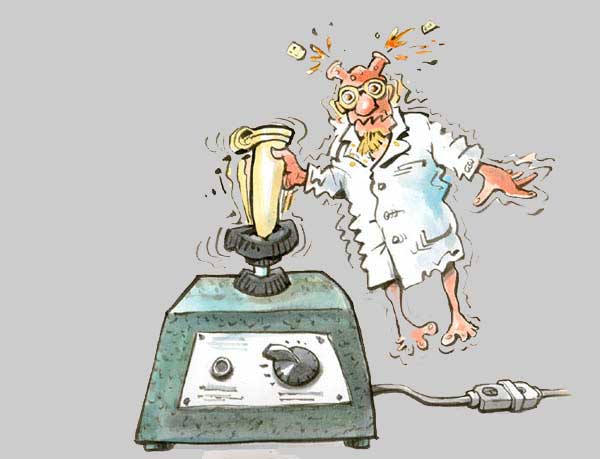|
Ligation |
|||||
|
|
|
|
|
See the Movie
about Read the Movie Text |
Compatible ends
Some restriction enzymes make strand incisions immediately opposite
one another, producing "blunt end" DNA fragments. Most enzymes make
slightly staggered incisions, resulting in "sticky ends", out of which
one strand protrudes (3' or 5' overhangs)
(remember also the movie
about some commonly used restriction enzymes that you have seen).
Because recognition sequences and cleavage sites differ between
restriction enzymes, the length and the exact sequence of a sticky-end
"overhang", as well as whether it is the 5' end or the 3' end strand
that overhangs, depends on which enzyme produced it.
Base-pairing between overhangs with complementary sequences enables
two fragments to be joined by DNA ligase.
A sticky-end fragment can be ligated not only to the fragment from which
it was originally cleaved, but also to any other fragment with a
compatible sticky end. Restriction enzymes having different
recognition sites may have identical (compatible!) sticky overhangs.
If a restriction enzyme has a non-degenerate
palindromic cleavage site (or more precisely: when it generates
non-degenerate palindromic overhangs), all ends that it produces are compatible.
Ends produced by different enzymes may also be compatible.
The size of the fragments is not important: for example, in case of
ligation of a donor fragment to a vector fragment, the insert may be
much bigger than the vector..
note:
Degeneracy: When more than one nucleotide is possible at a
particular position in the recognition site of a restriction enzyme (ambiguity
of recognition).
|
|
See the Movie
about Read the Movie Text |


